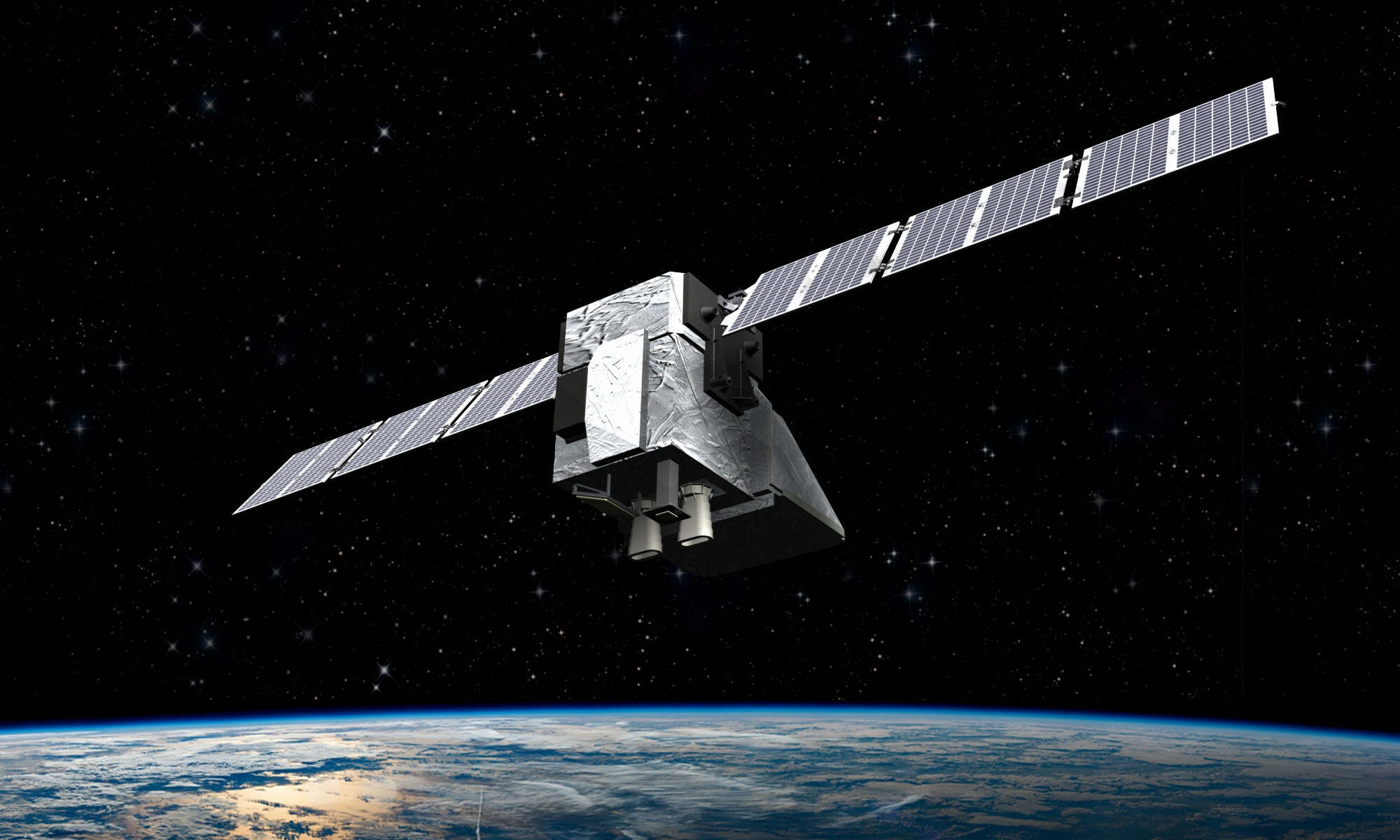Copyright SpaceNews

WASHINGTON — An investigation into the loss of a privately operated methane monitoring satellite could not identify a single root cause for the spacecraft’s failure earlier this year. MethaneSAT, a mission led by the Environmental Defense Fund (EDF) with participation from the New Zealand Space Agency, stopped communicating in orbit in June, 15 months after its launch. The project formally declared the mission over July 1. In a two-page report released by New Zealand’s Ministry of Business, Innovation and Employment Nov. 7, an investigation into the failure said the spacecraft malfunctioned likely because of a “solitary event” in either its avionics unit or electrical power subsystem. However, the limited data available kept investigators from making a more precise determination. “While the investigation concluded that the direct cause began with or spread to one of the two identified subsystems, the specific reason for the system failure remains unknown,” the report stated. The report noted that either subsystem could have malfunctioned because of factors such as printed circuit board failure in the avionics unit, a printed circuit board or electronic component failure in a bus interface or a failure of a thruster or associated system that sent high current into other parts of the spacecraft. “Based on the limited data available, it is not possible to state the relative likelihood among these possible factors,” the report concluded. The report said it could not rule out several other potential causes, ranging from an orbital debris impact to “unexpected fault system interactions,” but concluded each was significantly less likely that the other factors. The spacecraft itself remains intact, the report noted, based on on-orbit imaging of MethaneSAT taken in late June through mid-July. Those images, though, showed the spacecraft was not in its proper orientation. The New Zealand ministry released the report as part of an overall report on its participation in the mission. The government spent $29 million New Zealand ($16.4 million) on the mission, including support for the spacecraft itself as well as mission operations centers led by Rocket Lab for initial operations of the spacecraft and at the University of Auckland that was slated to take over long-term operations. The government report went to great lengths to argue that it could not have prevented the spacecraft’s failure. “The technical failure, while disappointing, occurred in components outside of New Zealand’s control and within the bounds of accepted risk in space missions,” it stated. However, the mission had been suffering persistent technical problems since its March 2024 launch. “The satellite failure occurred in a largely, but not quite, ‘off-the-shelf’ bus, adapted for a specific purpose,” the report noted. “Some of the sub-components, such as the thrusters, had limited flight heritage and some issues did arise.” One timeline of “weekly report items” in the report refers several times to technical issues with the spacecraft, starting in July 2024. “Rocket Lab managing recurring subsystem issues while testing automation to improve MSAT data downlinking,” stated one entry in October 2024, when Rocket Lab was managing mission operations. “Rocket Lab expanded downlink scheduling despite technical challenges,” stated another entry, three weeks later. In March 2025, mission operations were moved from Rocket Lab to Blue Canyon Technologies (BCT), which built the spacecraft bus. “BCT built the satellite, and the temporary transfer will enable them to address challenges which are affecting its operation,” the government ministry stated at the time. “Operational challenges are not unusual with space missions, in this case the BCT team is best placed to manage them.” However, others familiar with the mission say the problems with MethaneSAT were unusual. Richard Easther, a professor of physics at the University of Auckland, said the spacecraft may have suffered effects from space weather on electronics that did not use radiation-hardened components, based on reports the spacecraft frequently went into safe mode. There has not been a significant increase in failed satellites during the current peak in the 11-year solar cycle, he noted in a Nov. 6 blog post about the mission. “But for whatever reason, MethaneSAT could not cope with the harsh but easily foreseeable environment it encountered in space.” That and other issues, he argued, suggested that EDF rushed to complete the spacecraft to meet its March 2024 launch date on a SpaceX rideshare mission. “Unfortunately, it looks as if the EDF might have compromised on quality in order to keep to some semblance of its original schedule,” he concluded.



